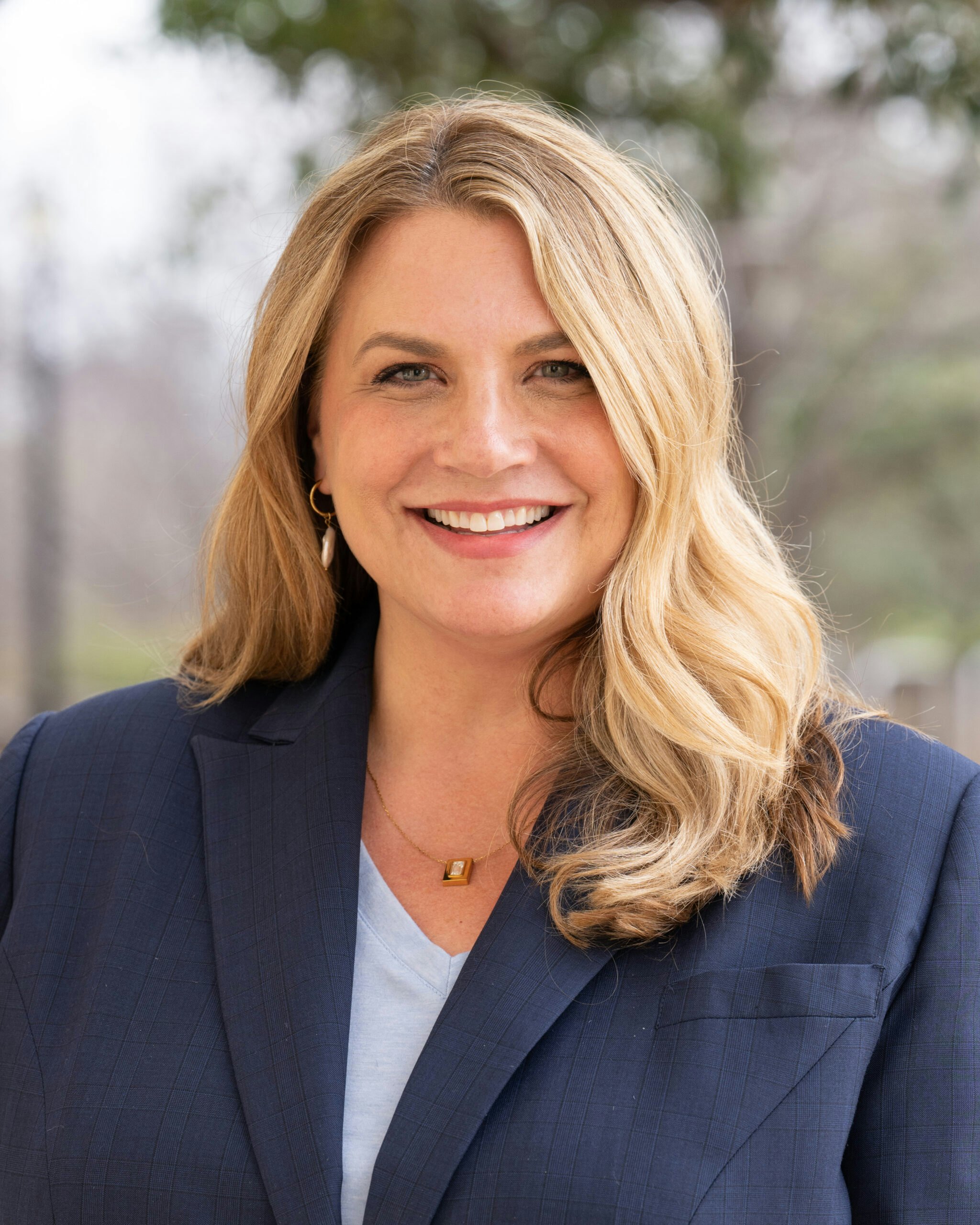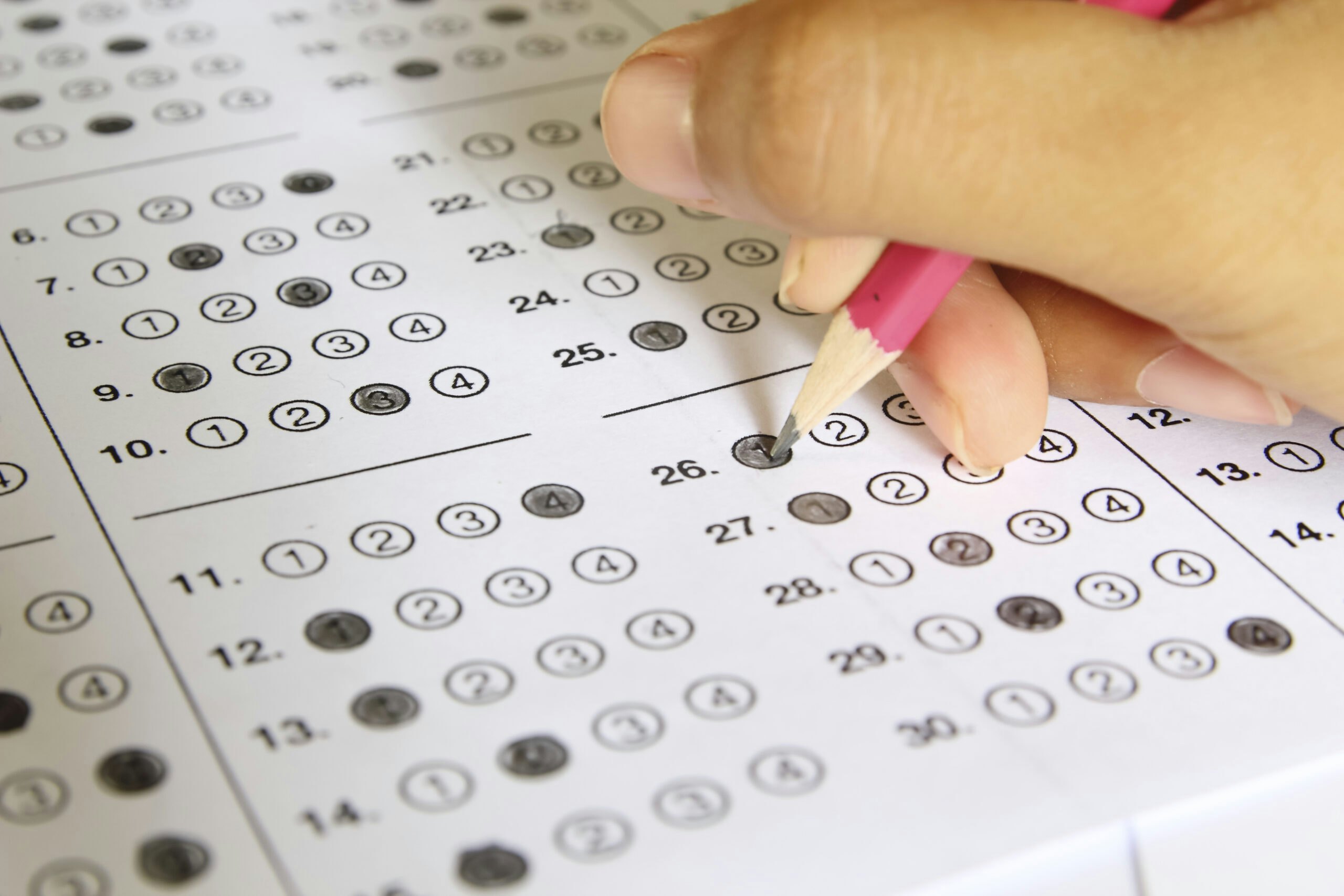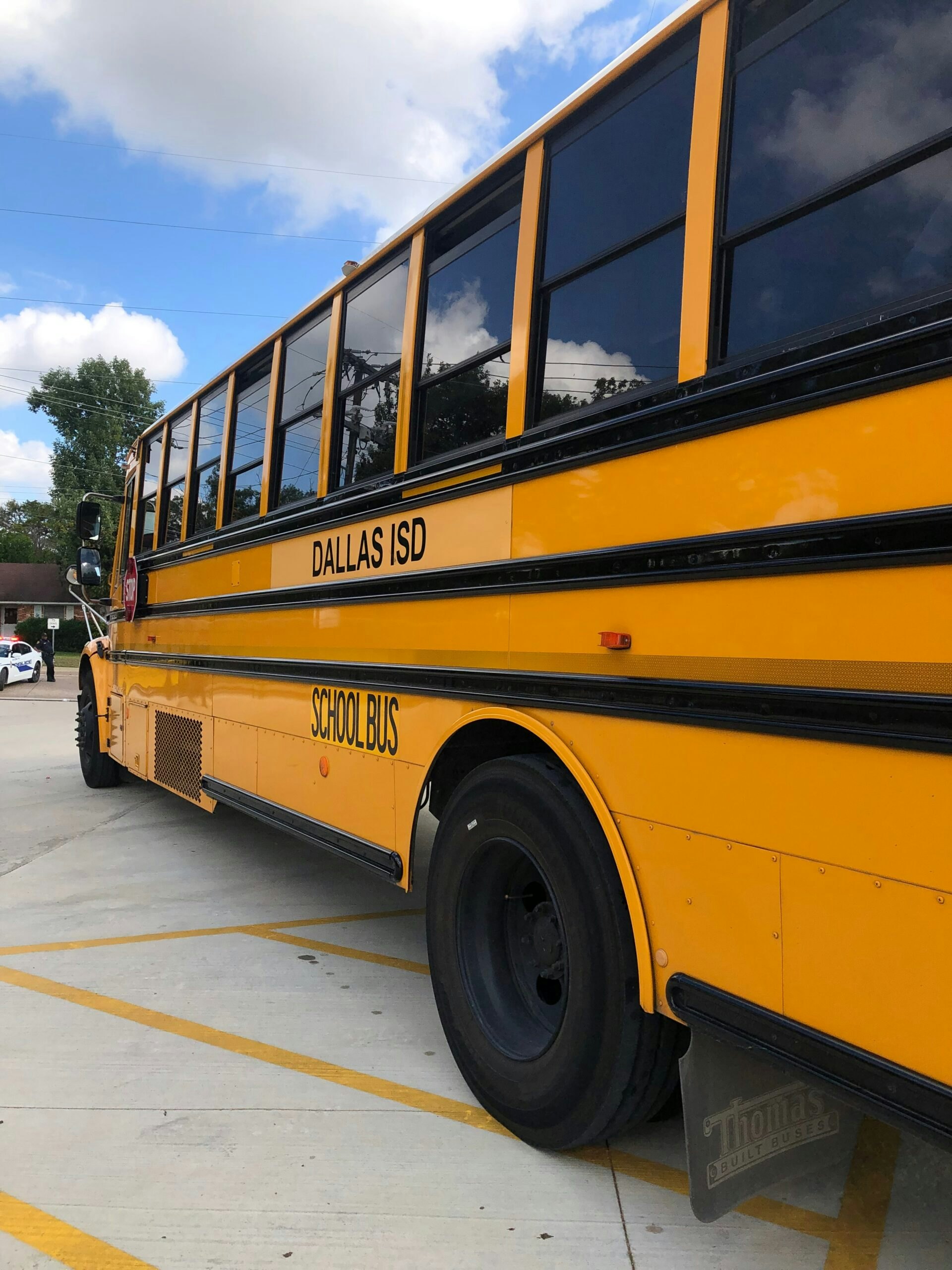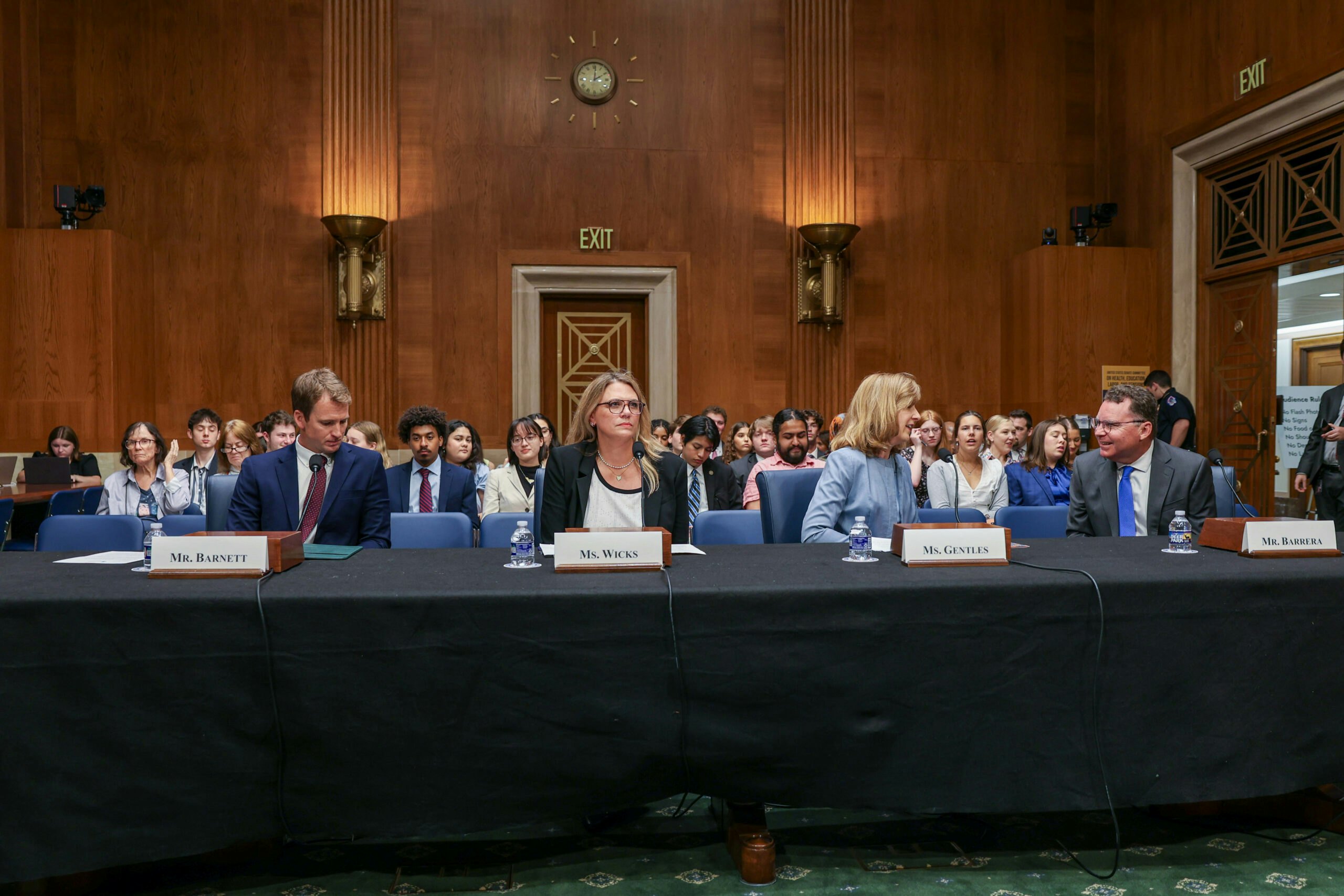Our children have been back in school for a few weeks now, and I know as parents we all want to make sure they’re learning to help support you and the students in your household. The Bush Institute is releasing a three-part back to school video series covering important education topics to make sure that you as a parent feel informed.
This is the second segment in our series. You can view the first one on Texas School Accountability ratings on our website, or by clicking here. The focus of today’s segment is on reading: why it’s important, what does good instruction look like, and what can you do as a parent if you’re concerned about the instruction your child is receiving.
Most Americans know that reading is fundamental. For personal growth and success. In fact, reading is the foundation of all learning. The ability to read fluently and with understanding is the key that unlocks every subject. Math, science, history, and the arts. Strong reading skills are also directly linked to higher graduation rates, job readiness, and personal success.
Robin Berkley: Anne, we know that across the country far too many students are not meeting grade-level expectations in reading. According to the National Assessment of Educational Progress (NAEP), less than one-third of 4th, 8th, and 12th graders are on track. Research also shows that students who are not proficient readers by the end of 3rd grade are significantly more likely to struggle in later grades and even drop out. Can you help us understand what good reading instruction includes, and why so many students are behind?
Anne Wicks: Yes, Robin. The NAEP scores are alarming—and we should see them as a call to action. Over the last decade, there’s been a growing understanding that schools must implement what we call the science of reading in every day classrooms.
The science of reading focuses on five components:
- Phonemic awareness – understanding how sounds (like c or sh) connect to letters.
- Phonics – putting letters and sounds together to form words.
- Vocabulary – continually expanding the words students recognize and use.
- Fluency – reading with appropriate speed, rhythm, and expression.
- Comprehension – the “holy grail,” where students understand, interpret, and make connections with what they read.
Unfortunately, too many schools adopted an approach called balanced literacy, which did not emphasize these five elements. The idea was that if children were given interesting books and a cozy reading corner, they would naturally learn to read. Some kids do, but many don’t. And they really need to learn the explicit rules of language, um, and how our language works.
And that unlocks everything you were talking about. Their ability to do math, science, history, everything opens to them when they have those foundational skills. And we’re glad because we’ve seen so many states really come to an awareness of this, um, largely based on and inspired by the incredible success.
The good news is that more states are recognizing this. Mississippi, for example, made a decade-long commitment to implementing the science of reading and saw significant gains in student outcomes. Their success has inspired others across the country to make similar changes. But we’re not there yet. Every teacher needs training, support, and the right instructional materials to teach reading effectively, every single day.
Robin Berkley: Charlotte, as a former teacher, can you describe what good reading instruction looks like in the classroom?
Charlotte Cooper: Of course. Reading is not something children are born knowing how to do – it must be explicitly taught. Good instruction incorporates the five pillars Anne mentioned: phonemic awareness, phonics, vocabulary, fluency, and comprehension.
Just as important is practice. Students become confident, fluent readers through repeated practice, both at school and at home.
Robin Berkley: If parents have concerns about the reading level of their child, the first place they can start is with practice at home. If they do have concerns about the reading instruction, um, that their child is receiving at schools that they should be, they should have some good questions in mind about what to ask and how to proceed forward.
Can you share a little bit about what you think those might be?
Charlotte Cooper: Definitely. So the first thing you should do is go to your teacher. They are trained and skilled to identify these skill gaps that your child may have.
- How is literacy being taught in the classroom?
- Is the science of reading being used?
- How is reading progress being measured?
- How does my child compare to grade-level expectations?
Parents can also ask for a screener or diagnostic assessment to pinpoint any skill gaps. And it’s important to act early – because when reading difficulties are caught sooner, they are much easier to address.
Robin Berkley: It sounds like parents play a really important role in making sure that their children are on track and stay on track and reading. Anne, you have some personal experience in ensuring that your own son’s school is, was using the science of reading for reading instruction. Can you say a little bit more about that experience?
Anne Wicks: Sure. Charlotte gave such good advice. When my son came home from kindergarten with a worksheet from a balanced literacy curriculum, I knew immediately there was a problem. I reached out to the principal, who was operating in good faith but didn’t fully understand the science of reading or the risks of using a curriculum not aligned to research.
And it became clear she, she was operating in good faith and thought she was doing the right thing and did not understand the science of reading and did not understand what a serious gap was being created for kids in our district because they were using a balance literacy curriculum that wasn’t aligned to research.
So kids, if you’re a child, particularly if your child has dyslexia or any reading issue, you will immediately struggle under that kind of instruction. I was able to join forces with a group of moms actually, and most of them had students who had reading issues in some way who’d been trying to advocate in the district for better supports and research for a while without a whole lot of success. We were able to show using Texas’s outcome data, the STAR test that we have here in Texas, we were able to show that there’d been a slip my son attends as we’re fortunate to be in a high performing school district, but even in that high performing district, we’d been seeing a sort of gradual slippage as they had been taking this reading approach, more significant than I think anyone was really paying attention to.
We were able to advocate to the school board members and others about, here’s what the research is, here’s what it tells us, here’s the gap with what you all are doing here in the district right now.
We had community meetings. We did all sorts of things to sort of build support and build awareness and help people understand this issue because as most mom and dads are doing their own work. They may not be steeped in this kind of research and would assume, of course the school is doing the right thing.
And I want to emphasize the teachers and principals were operating in good faith. They thought they were doing the right thing. And our big push was, once we know better, we must do better. And that is something that the district, we were able to make that change. And I was really heartened to see within a year of implementing a more research-based science of reading approach in our district.
Robin Berkley: That is just remarkable. I love the way parents became engaged, worked with the district, got better instruction based on the science of reading for their kids. I think what’s so remarkable is it used the resources that are provided to you by the state that every parent has access to on the TEA website looking at outcome data and behind those outcome data are children. Thank you for that. This will bring our segment to a close. We look forward to seeing you again in a few weeks where we’ll unpack the changes to Texas’s annual star assessment.




























